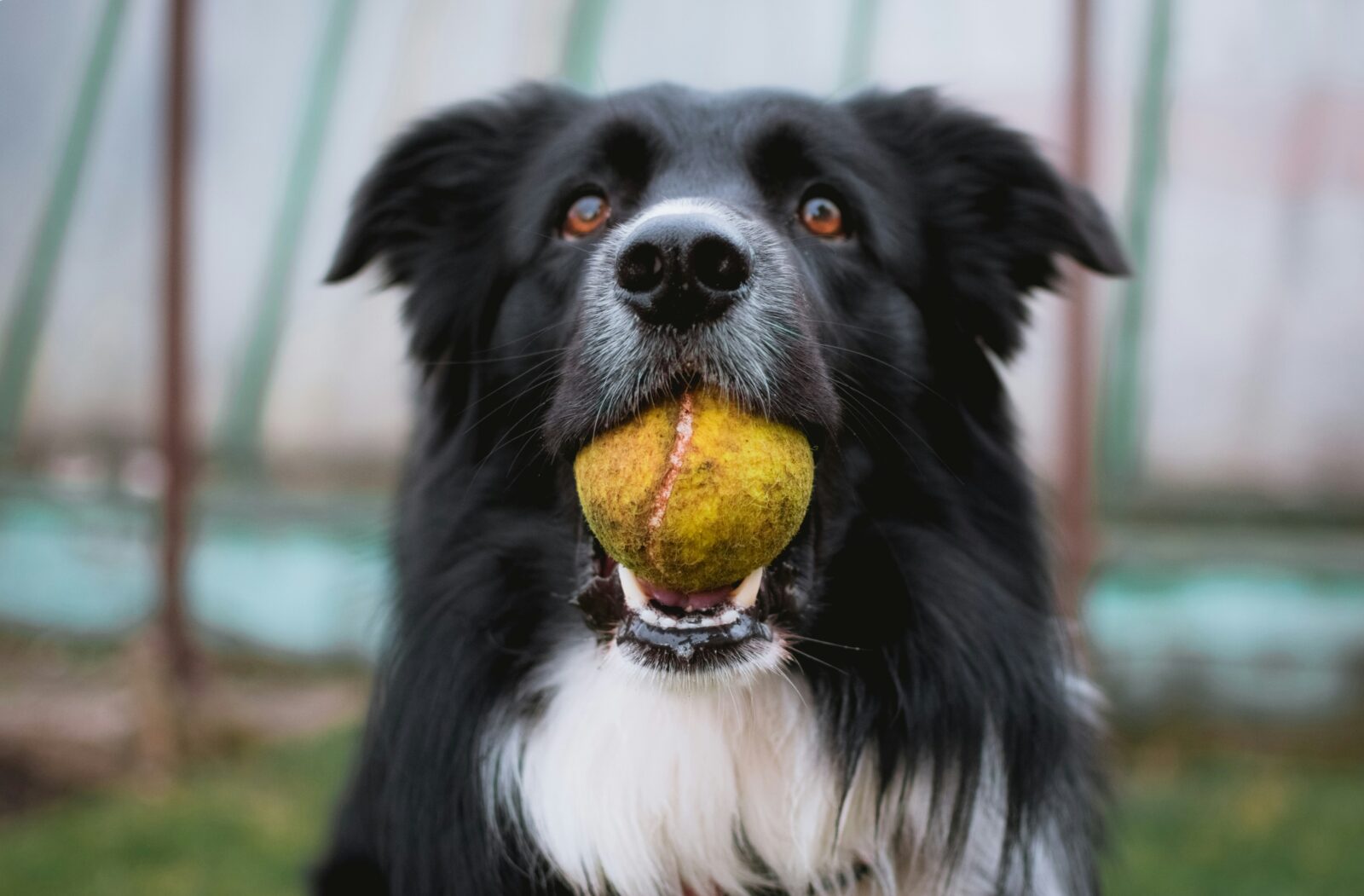Dog eye infections can be a troubling experience for both pets and their owners. Just like humans, dogs can suffer from various eye issues, and infections are among the most common. These infections can arise from various causes, ranging from environmental irritants to underlying health conditions. Understanding the symptoms, causes, treatments, and prevention of dog eye infections is crucial for maintaining your pet’s overall well-being. In this comprehensive guide, we’ll explore five key things you should know about dog eye infections.
1. Common Symptoms of Dog Eye Infections
Recognizing the signs of an eye infection in your dog is the first step toward effective treatment. Some of the most common symptoms include:
- Redness and Swelling: Infected eyes often appear red and swollen. The area around the eyes may also become puffy and irritated.
- Discharge: A clear, yellow, green, or even bloody discharge is a typical sign of an eye infection. The discharge may crust around the eye or stick to the fur.
- Squinting or Excessive Blinking: Dogs with an eye infection may squint or blink more than usual. They might also keep their infected eye partially closed.
- Tearing: Excessive tearing or watery eyes are also common indicators of an eye infection.
- Sensitivity to Light: Infected eyes may become sensitive to light, causing your dog to avoid bright areas.
- Rubbing or Pawing at the Eyes: Dogs may rub their eyes with their paws or against furniture to relieve discomfort, which can worsen the infection if not addressed.
These symptoms can range from mild to severe, depending on the cause and duration of the infection. If you notice any of these signs, it’s essential to consult your veterinarian promptly.
2. Causes of Dog Eye Infections
Understanding the causes of eye infections in dogs can help you prevent them in the future. Here are some common causes:
- Bacterial Infections: Bacteria can enter the eye through injury, foreign objects, or other sources. Common bacteria like Staphylococcus and Streptococcus are often responsible.
- Viral Infections: Viruses such as canine distemper or canine herpesvirus can lead to eye infections. These are often more severe and may require specialized treatment.
- Foreign Objects: Dust, dirt, grass, or small particles can get into a dog’s eye and cause irritation and infection if not promptly removed.
- Allergies: Allergic reactions to pollen, mold, dust, or certain foods can cause eye infections, particularly if the dog is prone to scratching or rubbing its eyes.
- Injury or Trauma: Scratches, cuts, or other injuries to the eye can create an environment conducive to infection.
- Underlying Health Conditions: Conditions like dry eye, corneal ulcers, or autoimmune diseases can make dogs more susceptible to eye infections.
Knowing the root cause of the infection is crucial for effective treatment. Your veterinarian will often perform tests, such as swabs or cultures, to identify the specific cause.
3. Treatment Options for Dog Eye Infections
Treatment for dog eye infections varies depending on the cause and severity of the condition. Here are some standard treatment options:
- Antibiotic Eye Drops or Ointments: If the infection is bacterial, your vet will likely prescribe antibiotic eye drops or ointments. These medications help eliminate the infection and reduce symptoms.
- Anti-Inflammatory Medications: In some cases, anti-inflammatory medications are necessary to reduce swelling and discomfort. These can be administered as drops or oral medications.
- Surgery: In severe cases, especially if a foreign object is lodged in the eye or if there is a significant injury, surgery may be required to remove the object and repair the eye.
- Artificial Tears or Lubricating Eye Drops: For dogs with dry eye or other conditions that reduce natural tear production, artificial tears or lubricating drops can help keep the eye moist and reduce irritation.
- Cone Collars: To prevent your dog from scratching or rubbing their eyes, your vet may recommend a cone collar during treatment.
- Regular Cleaning: Gently cleaning the eye with a saline solution or a vet-recommended cleanser can help remove discharge and prevent the infection from spreading.
It’s essential to follow your vet’s instructions closely when treating an eye infection. Stopping treatment too early can result in a recurrence or worsening of the infection.
4. Prevention Tips for Dog Eye Infections
Prevention is always better than cure. While not all eye infections can be prevented, you can take several steps to reduce your dog’s risk:
- Regular Eye Checks: Routinely check your dog’s eyes for redness, swelling, or discharge. Early detection can prevent an infection from worsening.
- Keep the Eyes Clean: Gently clean around your dog’s eyes with a damp cloth or vet-approved solution to remove debris and discharge.
- Protect Your Dog’s Eyes: When your dog is in environments where debris is likely (e.g., dusty areas, windy conditions), consider protective eye gear.
- Manage Allergies: If your dog has known allergies, work with your vet to manage them effectively. This may include medication, diet changes, or avoiding specific allergens.
- Regular Grooming: Keep the hair around your dog’s eyes trimmed to prevent it from irritating the eyes and leading to infections.
- Avoid Irritants: Be mindful of household cleaners, sprays, or other chemicals that could irritate your dog’s eyes. Consider using pet-safe products.
By taking these precautions, you can significantly reduce the likelihood of your dog developing an eye infection.
5. When to See a Veterinarian
While mild cases of eye irritation can sometimes be managed at home, it’s essential to know when to seek professional help. Here are signs that you should see a vet immediately:
- Persistent Symptoms: If your dog’s eye infection symptoms don’t improve within 24-48 hours of treatment, consult your vet.
- Severe Discharge: Thick, green, yellow, or bloody discharge is a sign of a serious infection that requires veterinary attention.
- Eye Injury: Any injury to the eye should be examined by a vet to prevent infection and ensure proper healing.
- Behavioral Changes: If your dog seems unusually lethargic, is not eating, or is showing signs of pain, these could be indicators of a more severe infection or underlying health issue.
- Cloudy Eyes or Vision Changes: If your dog’s eye appears cloudy, or if they seem to have difficulty seeing, this could be a sign of a more severe problem that needs immediate attention.
Early intervention is crucial for preventing complications and ensuring a full recovery.
Conclusion
Dog eye infections can be distressing, but with proper care and attention, most infections can be effectively treated and prevented. Understanding the symptoms, causes, treatments, and prevention strategies will help you protect your dog’s eye health. Remember to consult your veterinarian at the first sign of an eye issue, and always follow their advice for treatment and care.











Leave a Reply